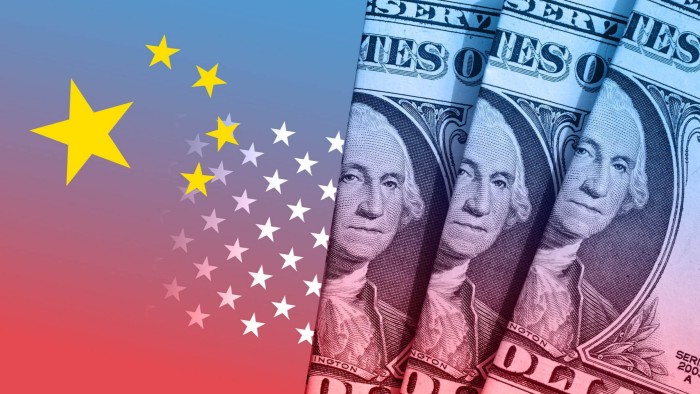
The global economy is a complex beast, and nowhere is that more apparent than in the contrasting recoveries of the US and Chinese markets. While both nations are experiencing a rebound after recent economic turbulence, the paths they’re taking are strikingly different, highlighting unique strengths and vulnerabilities.
One key difference lies in the driving forces behind each recovery. The US rebound is largely fueled by resilient consumer spending and a robust labor market. This internal strength provides a solid foundation, though inflation and interest rate hikes continue to pose challenges. Meanwhile, China’s recovery hinges heavily on government stimulus and infrastructure projects. While this approach can deliver rapid short-term results, it raises concerns about long-term sustainability and potential debt burdens.
Another area of divergence is the technological landscape. The US boasts a powerful tech sector, a source of innovation and economic growth. However, this sector is also facing increased scrutiny and regulation, potentially impacting its future trajectory. China, on the other hand, is pushing aggressively towards technological self-reliance, investing heavily in areas like artificial intelligence and semiconductors. This ambition, while potentially transformative, also carries geopolitical risks and faces significant hurdles in catching up to established Western players.
Furthermore, the geopolitical backdrop significantly influences both recoveries. The US faces complex global challenges, including ongoing trade tensions and international conflicts, which could impact its economic prospects. China, meanwhile, is grappling with its own set of geopolitical risks, including strained relationships with Western nations and internal economic complexities. Navigating these complexities will be crucial for both nations’ continued economic growth.
In conclusion, while both the US and Chinese markets are showing signs of recovery, the underlying dynamics are distinct. The US relies on internal strength and consumer spending, while China leverages government stimulus and ambitious technological goals. The path forward for both nations will be shaped by their ability to manage internal challenges and navigate the complex geopolitical landscape. Only time will tell which approach proves more successful in the long run.










